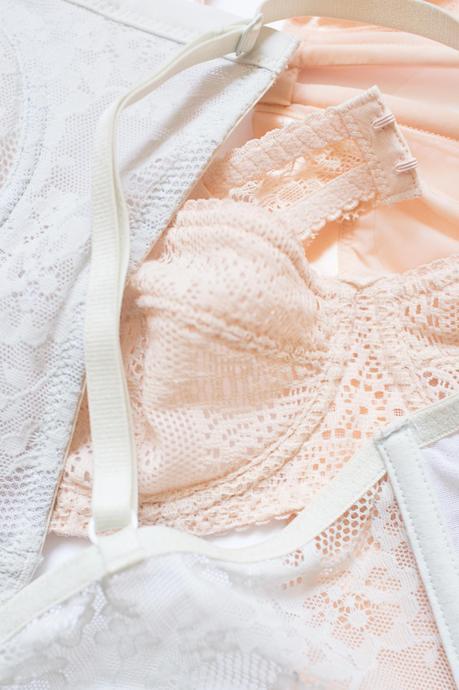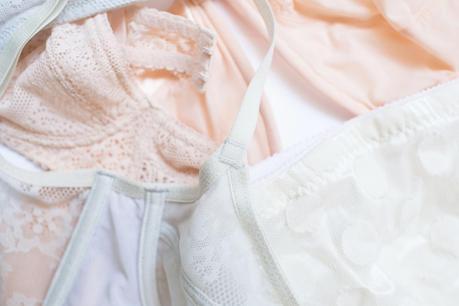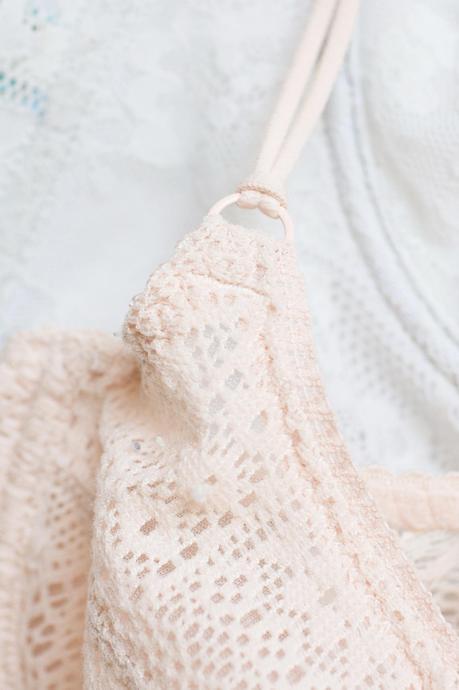
It’s the little tips and tricks that make a master sewer. A tailor has his secrets for pad stitching, and a shoemaker, Perry Ercolino being one example, has his methods for molding the perfect pair of oxfords. Pun intended, these are my “inside wires” for bra making. Each one is important, but not enough to dedicate to one post, so I compiled them below. I hope they help you has much as they have helped me!
- If you find that the zigzag stitch used to attach the elastic does not have enough give, there are two ways to increase the stretch: widen the stitch width or shorten the stitch length. Generally, a combination of the two is used.
- In a correctly fitting bra, breasts should be lifted a little higher than their “at normal position.” How high is a matter of personal preference
- Think of your upper body as a see-saw, with your breasts on one end, your back on the other and your body in the center. If the band is too loose or the cup fabric is too stretchy, the bra will slide up in the back, and the breasts come down, or sag, in the front.
- If you’ve read vintage lingerie sewing books, you’ve probably come across the term Antron in reference to a fabric. Wonder what it is? I did for a long time. All it is is an old word for tricot.
- If the fabric you have chosen is too stretchy and you don’t think it will provide enough support, double up the plys (plys=layer of fabric). By marrying two fabrics, the stretch is reduced by at least 30%. Powernet is a great choice that will beef things up. To join the layers together, you can spray baste using a temporary adhesive such as this one.
- In wovens, grainline is used to indicate the direction of the fabric that has the least amount of stretch, and patterns are usually aligned with this line. In bra making, we use direction of greatest stretch, abbreviated DOGS. While the band and the bridge almost always follow the same DOGS direction, it varies on the cups varies depending on the type of support desired. The thing to remember is that the direction of the breast’s weight travels in the direction of the fabric’s pull, or direction of greatest stretch (DOGS). On a full band bra with a horizontal cross cup seam, if the DOGS runs vertically on the lower cup, the bra would have more “bounce” because the stretchiness is going up and down.
- Ever get confused which way the hook and eye should be sewn? The word “eyes” has four letters and so does left, so they go on the left side as if you were fastening the bra on someone else. Predictably, hooks go on the right. Thanks Beverly for that tip!
- The width of the zigzag stitch when sewing elastic depends on many factors. One is the amount of stretch desired and another is the width of the elastic. But what always remains true is that the zigzag stitch shouldn’t be more than half the width of the elastic. Thanks Norma for that tip!
- Are you experiencing skipped stitches when sewing over a bulky seam? Use a hammer to thin out it out. Go ahead, pound away! This is a tip I adapted from a wise jean maker.
- Have you ever heard of a boutique strap? It has the adjusters at the front of the bra instead of the back. Personally, I think this strap style is more comfortable because the hardware (metal or plastic) does not dig into your back when leaning up again a chair or something similar.



